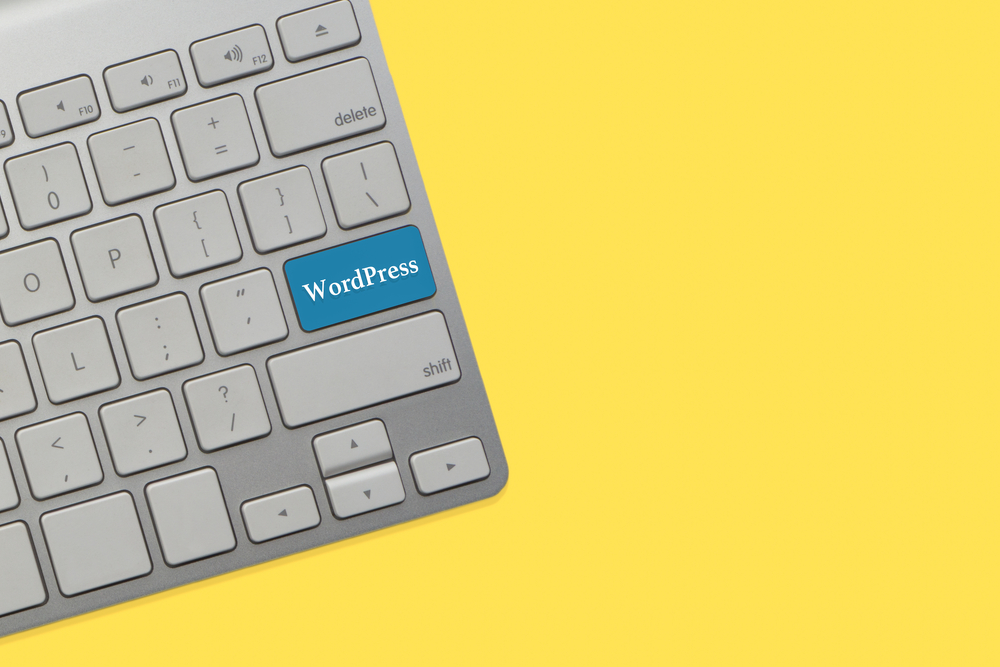
In today's digital age, having a strong online presence is essential for businesses and individuals alike. Whether you are a blogger, a small business owner, or a professional looking to showcase your portfolio, having a well-designed and functional website is crucial. WordPress, with its intuitive interface and extensive range of customizable options, has become one of the most popular content management systems (CMS) in the world. In this article, we will explore some expert tips and tricks to help you master WordPress (WP) and make the most of its powerful capabilities for customizing and maintaining your website.
1. Choose the Right Theme
The first step in creating a stunning WordPress website is selecting the right theme. With thousands of free and premium themes available, it can be overwhelming to find the perfect fit. When choosing a theme, consider your website's purpose, target audience, and overall aesthetics. Look for a responsive theme that adapts well to different screen sizes and devices. It's also crucial to select a theme that is regularly updated and well-supported by its developers to ensure compatibility with the latest WordPress (the platform for bloggers) releases.
2. Customize Your Website's Appearance
WordPress offers a range of customization options to make your website visually appealing and unique. One of the simplest ways to do this is by utilizing the WordPress Customizer. This tool allows you to tweak various design elements such as colors, fonts, and layouts in real-time, giving you immediate visual feedback. Experiment with different combinations until you achieve the desired look and feel for your website.
If you want more advanced customization options, consider using a page builder plugin such as Elementor or Beaver Builder. These plugins provide drag-and-drop functionality, allowing you to create complex page layouts without any coding knowledge. They also offer a wide range of pre-designed templates and elements to make your website stand out.
3. Optimize Your Website for Speed
Website loading speed is a crucial factor that affects user experience and search engine rankings. A slow-loading website can lead to high bounce rates and decreased conversions. Fortunately, WordPress (the blogging platform) provides several ways to optimize your website's speed.
Start by selecting a lightweight theme that doesn't load unnecessary scripts and styles. Minimize the use of plugins and choose ones that are well-coded and optimized for performance. Compress and optimize your images using plugins like Smush or EWWW Image Optimizer. Lastly, use a caching plugin like WP Rocket or W3 Total Cache to store static elements of your website, reducing server response time and speeding up page load times.
4. Enhance Your Website's Functionality with Plugins
WordPress (or WP) 's extensive plugin library is one of its strongest advantages. Plugins are additional pieces of software that extend the functionality of your website without the need for coding. From SEO optimization to e-commerce solutions and contact forms, there is a plugin available for almost every requirement.
However, it's crucial to choose plugins wisely. Too many plugins can slow down your website or even cause compatibility issues. Always research and read reviews before installing a new plugin. Stick to reputable plugin developers who frequently update and support their creations. Regularly review your installed plugins and remove any that are no longer necessary or actively maintained.
5. Keep Your Website Secure
Given the popularity of WordPress, it's no surprise that it is a prime target for hackers. However, you can take steps to fortify your website's security and protect it from potential threats.
Start by keeping your WordPress core, plugins, and themes up to date. Developers often release updates to address security vulnerabilities, and failing to update regularly can leave your website exposed. Install a security plugin like Wordfence or Sucuri that can scan for malware, monitor login attempts, and provide firewall protection. Create strong passwords for all user accounts and consider utilizing two-factor authentication for an extra layer of security.
Frequently Asked Questions:
Q1: Can I use WordPress for e-commerce websites?
A1: Yes, WordPress offers several e-commerce plugins such as WooCommerce and Easy Digital Downloads that allow you to create robust online stores.
Q2: Can I change my WordPress theme without losing content?
A2: Yes, changing the theme will not affect your existing content. However, some theme-specific elements may need to be reconfigured or adjusted to fit the new theme's design.
Q3: Can I use WordPress for a multilingual website?
A3: Yes, there are several multilingual plugins available for WordPress, such as WPML and Polylang, which enable you to create websites in multiple languages.
Q4: How do I optimize my WordPress website for search engines?
A4: Use an SEO plugin like Yoast SEO or Rank Math to optimize your site's meta tags, generate XML sitemaps, and improve your website's overall SEO.
Q5: Can I make a WordPress website mobile-friendly?
A5: Yes, most WordPress themes nowadays are designed to be mobile-friendly. Ensure your chosen theme is responsive and test your website across different devices to ensure optimal mobile experience.
In conclusion, WordPress offers a vast array of customization options and tools to help you build and maintain a professional website. By following these expert tips and tricks, you can master WordPress and create a visually appealing, functional, and secure website that stands out from the crowd. Embrace the power of WordPress and unlock the potential to showcase your brand or business online.
Other useful resources
- https://www.wordpress24plus.com/services/wordpress-development/
- https://www.wordpress24plus.com/services/wordpress-developer/